showing 2821 result(s)
Filter(s)-
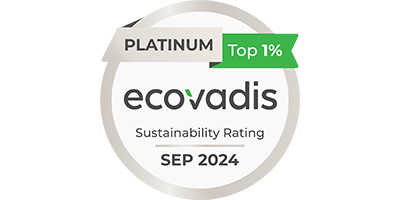
08 October 2024
Perstorp får högsta betyg av Ecovadis för sitt hållbarhetsarbete
Perstorp, en global ledare inom specialkemikalier, har tilldelats en platinamedalj för att vara bland de bästa 1 % av alla företag som bedömts i EcoVadis hållbarhetsbedömning.
Press Release
Sustainability
-

08 October 2024
Perstorp、持続可能性の取り組みでEcovadisプラチナ評価を受賞
Perstorpは、PETRONAS Chemicals Group Berhad(PCG)の完全子会社として、Ecovadisによる持続可能性評価でトップ1%の企業だけが取得できる、プラチナメダルを受賞しました。
Press Release
Sustainability
-
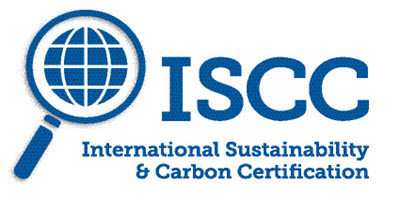
25 November 2024
Perstorp US certified as trader with storage by ISCC PLUS
We are proud to announce that Perstorp Toledo, US, is now certified as trader with storage by ISCC PLUS, giving our customers in the US access to all the sustainability benefits of our Pro-Environment products.
News
Sustainability
-

25 November 2024
Perstorp US、ISCC PLUSのTrader with Storage(保管付きトレーダー)として認証取得
Perstorpは、米国ToledoにあるPerstorp Toledo(Perstorp Polyols, Inc)がISCC PLUSのTrader with Storage(保管付きトレーダー)として認証を取得したことを誇りに思います。これにより、米国のお客様は当社のPro-Environment製品をより一層有効的に利用できるようになります。
News
Sustainability
-
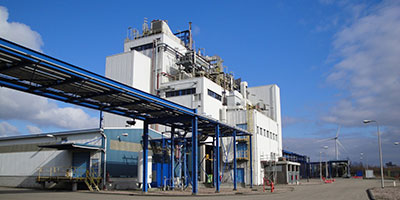
13 December 2024
PerstorpがOQ Chemicals Nederland B.V.を買収
本日、マレーシアのPETRONAS Chemicals Group Berhad(PCG)の完全子会社である、Perstorp Holding ABがOQ Chemicals GmbHからOQ Chemicals Nederland B.V.の全株式を取得したことを発表しました。これにより、スウェーデンに本拠を置くPerstorpは、オランダ企業のすべての生産設備、関連技術、従業員に対する完全な所有権と管理権を得ることとなりました。
Press Release
Market and Products, Perstorp, About
-

02 December 2024
Pharmaceuticals and API
Perstorp provides important raw materials and process chemicals for the pharmaceutical industry.
Markets & Products
-
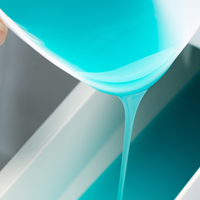
06 September 2012
Complementary
Specialty chemicals are used in most industrial segments and sub segments. Some of the key sub segments that lend themselves to Perstorp’s unique specialty and building block chemical portfolio are:
Markets & Products
-
27 July 2022
How can we help?
Information
-
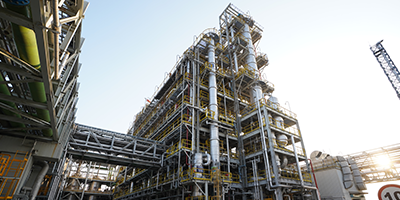
30 November 2023
Site Sayakha
Information
-

10 March 2022
Open positions
Perstorp is a global family of scientists, engineers and business professionals with a track record of more than 140 years of pursuing sustainable progress. Although present in many countries, we are considered a small company, believing that every individual, every action, every product, every little thing we do, can change things. Discover our open positions!
Information